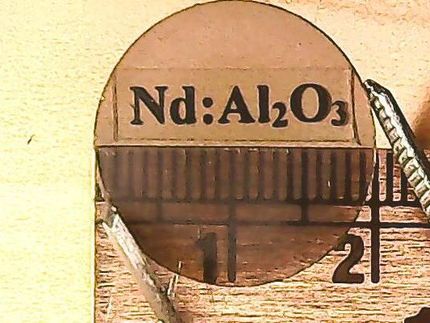Researcher investigates new developments in laser and sensor technology
Scientists hope that research being conducted in Binghamton University's Department of Physics, Applied Physics and Astronomy will create lasers that work at wavelengths currently inaccessible. Funded by a three-year, $300,000 grant from the National Science Foundation as well as a Cottrell College Science Award of $44,244 from the Research Corporation, Oana Malis, assistant professor of physics, is looking for new materials that would allow laser light to be generated in ranges that are not currently accessible. She is particularly interested in how the optical properties of gallium nitride, a compound semiconductor material, could be used.
"These lasers could be used for sensing such as in detecting environmental conditions in a building," said Malis. "There are defense applications as well."
In looking for new materials that would allow her to create lasers in the mid-infrared range, Malis is hoping nitrides are the answer. Their optical and electronic properties are not well understood, in part because they're difficult to make. The devices in question are incredibly small, less than a millimeter square. The material is like a sandwich of very thin layers, each about a nanometer or two thick. These hundreds or even thousands of layers give nitrides an interesting electronic structure and allow them to emit or absorb light in particular ranges.
"This is an ambitious project," Malis said. "It's the first few steps of the process. Getting to the device level, to an actual laser you can hold in your hand, is a little harder."
She's especially excited about this project because it will give undergraduate and graduate students experience in applied physics, including materials, advanced techniques such as electron microscopy and making devices and in theoretical modeling.
Most read news

Get the analytics and lab tech industry in your inbox
By submitting this form you agree that LUMITOS AG will send you the newsletter(s) selected above by email. Your data will not be passed on to third parties. Your data will be stored and processed in accordance with our data protection regulations. LUMITOS may contact you by email for the purpose of advertising or market and opinion surveys. You can revoke your consent at any time without giving reasons to LUMITOS AG, Ernst-Augustin-Str. 2, 12489 Berlin, Germany or by e-mail at revoke@lumitos.com with effect for the future. In addition, each email contains a link to unsubscribe from the corresponding newsletter.























































